056mod_ONCE 60%, TODAY 10% LIVE IN COUNCIL FLATS!
Until recently (when?), 60% (TBC) of housing in the UK was council facts. Today, this is just 10%.
Yet council flats have immense value, commercially and aesthetically. Commercially, council flats are one of the remaining bastions of London affordability. Aesthetically, according to David Cameron and Mayoral hopeful Zac Goldsmith council flats are threatening and vulgar. .. TBC

265air_Massic Architecture
It’s Modern, it’s Classic, it’s basically a crazy kind of Massic. Something old, something new… as a fenestration strategy, Massic offers something for the (w)hole family. Blablablarchitecture LLP is participating not only in the digital but also in the physical world; with our partner Mark Stephenson (Wall or Space) we are looking for real-world / real-time outputs: in Shoreditch!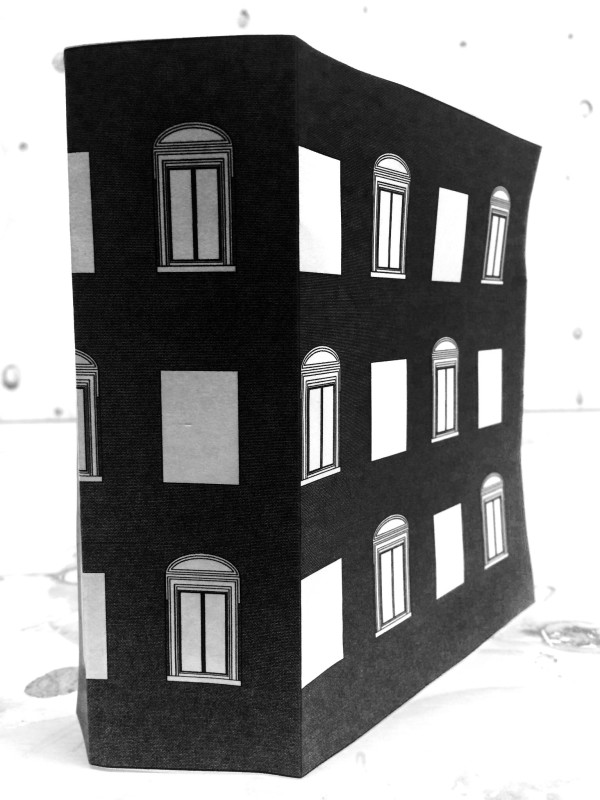


242ham_MOD TUDOR
www.blabl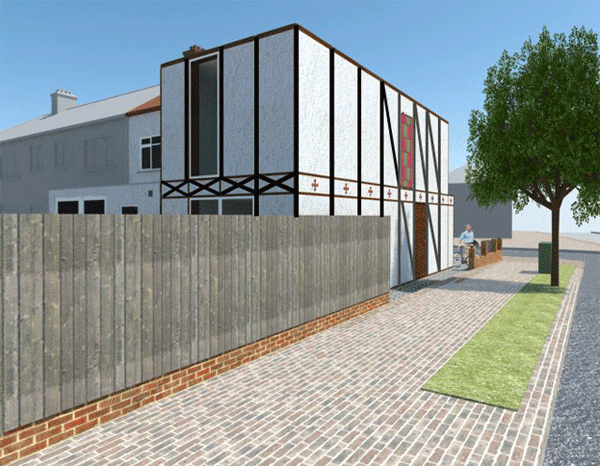 The Tudor Revival architecture of the 20th century was commonly called ‘mock tudor’ in Britain and first manifest itself in domestic architecture. In New Zealand, the architect Francis Petre adapted the ‘mock tudor’ for the local climate… and Tudor became Modern.
Here in London the housing market is over-heated and micro-developer projects in non-contested fields, such as those not in Conservation Areas, are an alternative to housing stock contribution other than through ‘volume house builders’/ Incidentally this is a House of No Style. that we embrace suburban stylistic tendancies through strategies such as ‘Mod Tudor’ should be seen by planners as empowering and non-threatening in scale of development. Style? Well as a Public Image refrain it ‘could be black, it could be white’… it’s irrelevant given the affordability crisis.
The Tudor Revival architecture of the 20th century was commonly called ‘mock tudor’ in Britain and first manifest itself in domestic architecture. In New Zealand, the architect Francis Petre adapted the ‘mock tudor’ for the local climate… and Tudor became Modern.
Here in London the housing market is over-heated and micro-developer projects in non-contested fields, such as those not in Conservation Areas, are an alternative to housing stock contribution other than through ‘volume house builders’/ Incidentally this is a House of No Style. that we embrace suburban stylistic tendancies through strategies such as ‘Mod Tudor’ should be seen by planners as empowering and non-threatening in scale of development. Style? Well as a Public Image refrain it ‘could be black, it could be white’… it’s irrelevant given the affordability crisis.
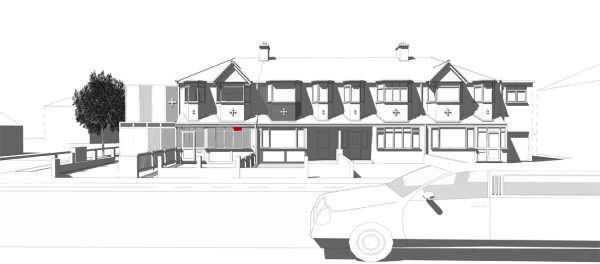
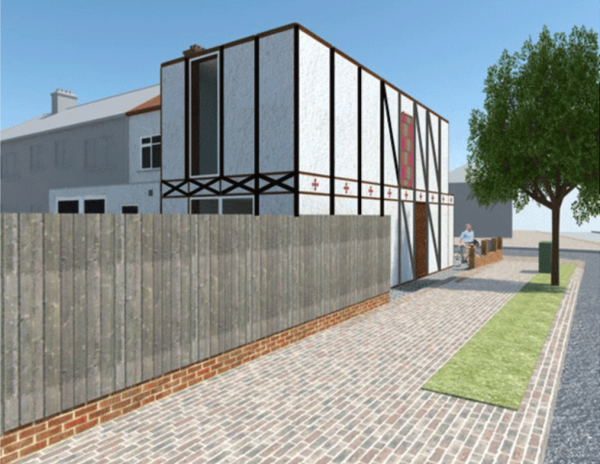
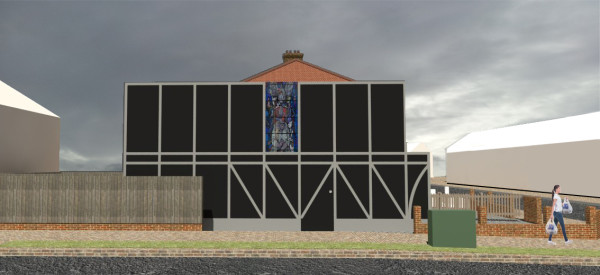
 The Tudor Revival architecture of the 20th century was commonly called ‘mock tudor’ in Britain and first manifest itself in domestic architecture. In New Zealand, the architect Francis Petre adapted the ‘mock tudor’ for the local climate… and Tudor became Modern.
Here in London the housing market is over-heated and micro-developer projects in non-contested fields, such as those not in Conservation Areas, are an alternative to housing stock contribution other than through ‘volume house builders’/ Incidentally this is a House of No Style. that we embrace suburban stylistic tendancies through strategies such as ‘Mod Tudor’ should be seen by planners as empowering and non-threatening in scale of development. Style? Well as a Public Image refrain it ‘could be black, it could be white’… it’s irrelevant given the affordability crisis.
The Tudor Revival architecture of the 20th century was commonly called ‘mock tudor’ in Britain and first manifest itself in domestic architecture. In New Zealand, the architect Francis Petre adapted the ‘mock tudor’ for the local climate… and Tudor became Modern.
Here in London the housing market is over-heated and micro-developer projects in non-contested fields, such as those not in Conservation Areas, are an alternative to housing stock contribution other than through ‘volume house builders’/ Incidentally this is a House of No Style. that we embrace suburban stylistic tendancies through strategies such as ‘Mod Tudor’ should be seen by planners as empowering and non-threatening in scale of development. Style? Well as a Public Image refrain it ‘could be black, it could be white’… it’s irrelevant given the affordability crisis.




072hin_architecture as future archeology!
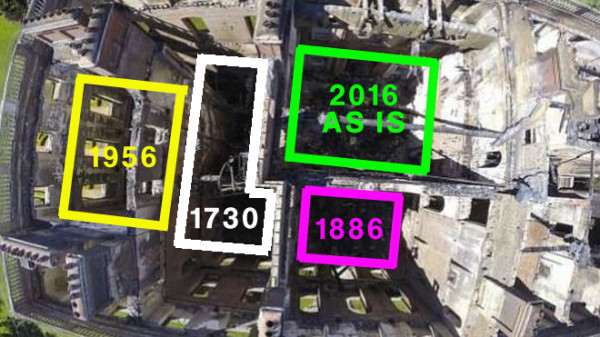
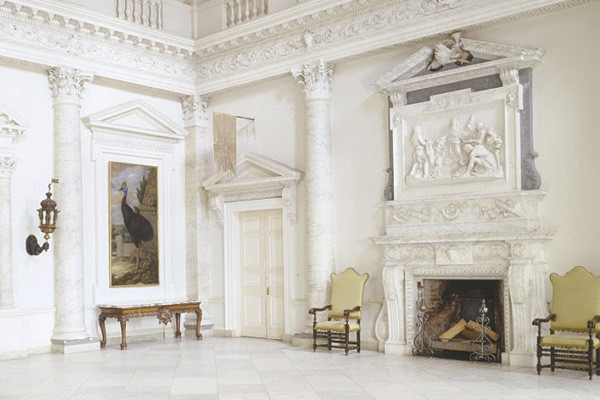
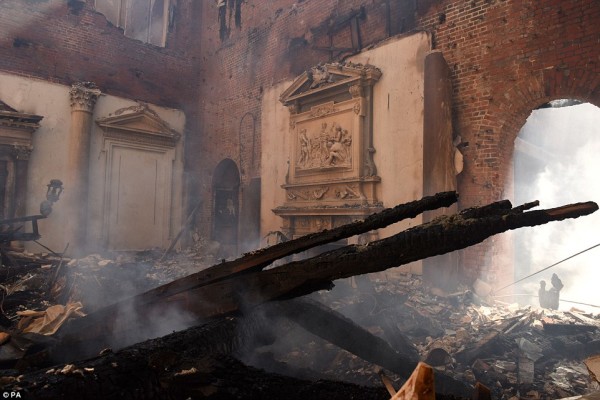 What if… Clandon House was a speculative project at the UCL Institute of Archeology? Where students can propose levels of intervention ranging from Lord Onslow’s strategy of ‘do nothing, spend the money elsewhere’ through to a simulacra strategy of ‘total reinstatement’. In between, there are halfway strategies that would include retention of the impressive ruinous voids which the drone impressively captures as well as reconstruction of some of the more notable rooms. Architecture as future archeology proposes new uses through evidencing the past.
What if… Clandon House was a speculative project at the UCL Institute of Archeology? Where students can propose levels of intervention ranging from Lord Onslow’s strategy of ‘do nothing, spend the money elsewhere’ through to a simulacra strategy of ‘total reinstatement’. In between, there are halfway strategies that would include retention of the impressive ruinous voids which the drone impressively captures as well as reconstruction of some of the more notable rooms. Architecture as future archeology proposes new uses through evidencing the past.



